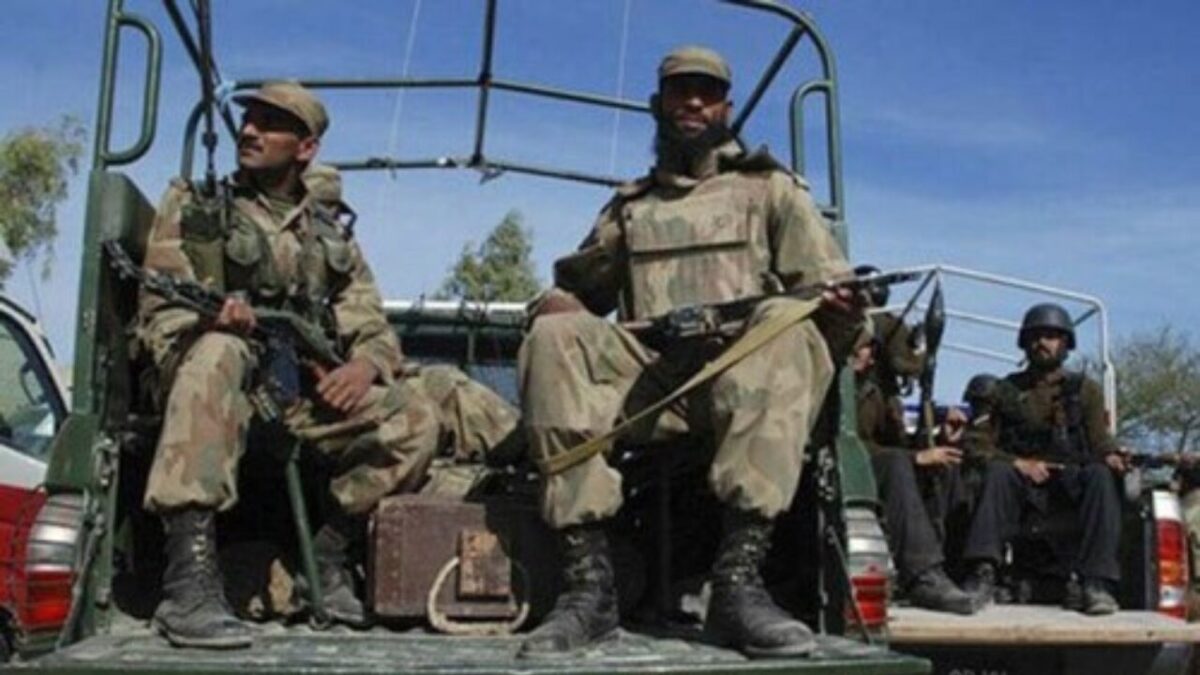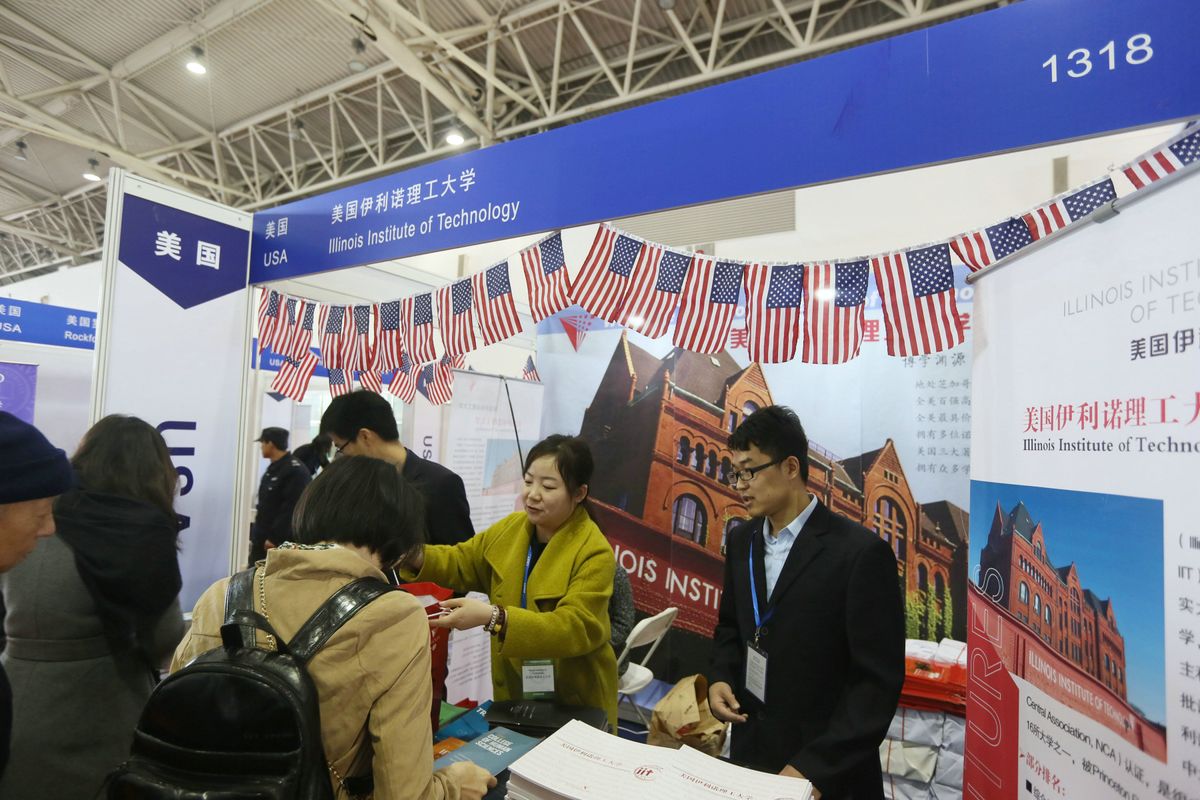Israel uses it to silence critics of its Gaza war while the right uses it to attack opponents. Meanwhile, the issue itself goes unaddressed
By Rachel Shabi

Fascist rally. Image by DT Rocks, Creative Commons 4.0
When the international criminal court issued arrest warrants for Israeli officials in November, the response from the country’s government was all too familiar. The prime minister, Benjamin Netanyahu, rejected outright the warrants for alleged war crimes in Gaza against him and the former defence minister Yoav Gallant, calling them “an antisemitic decision”. The ultranationalist national security adviser, Itamar Ben-Gvir, declared that the court had shown “once again that it is antisemitic through and through”. And the transport minister, Miri Regev, chimed in, claiming: “This is modern antisemitism in the guise of justice.”
Bleakly, none of this was a surprise. Over a year into Israel’s assault on Gaza, which some experts have described as a genocide, accusations of antisemitism raised to counter criticism of Israel have gone into overdrive. Such claims have been made against protesters crying out for an end to the bloodshed in Gaza and against the UN and aid agencies warning of a humanitarian catastrophe. They have been levelled at global news channels and the international court of justice; against actors, artists, pop stars and even British-Jewish film-makers. So sweepingly and speech-chillingly are such claims made by Israel’s diehard defenders that the very term “antisemitism” is losing its meaning. It is exactly as the British-Jewish philosopher Brian Klug warned 20 years ago: “When antisemitism is everywhere, it is nowhere.” Blanket misuse has, troublingly, turned the term into a feature on an Israeli politician’s lingo-bingo scorecard.
And all this is happening precisely at a time when antisemitism is increasing globally. When Britain’s Jewish community has experienced verbal and physical attacks. When Jewish schools and synagogues have been dealing with death threats and desecrations. In the past 18 months, a Jewish woman was stabbed in her home in France, there have been shootings at schools in Canada and we saw a full-blown antisemitic riot in Dagestan in Russia.
Meanwhile, the far right is taking advantage of the political crisis brought about by Israel’s world-changing war, alternately using actual antisemitism and a pretence of caring about antisemitism to advance its bigoted ideology. For some sections of the far right, antisemitism is the active ingredient powering a racist, migrant- and Muslim-bashing agenda. It echoes the antisemitism that has always been at the core of white supremacism and has made a comeback with the “great replacement” theory: the conspiracy that Jewish people are secretly plotting to flood western countries with people of colour. On the other hand, for resurgent far-right parties across Europe, a performative fight against antisemitism has provided a path to political rehabilitation. Extremist leaders from Hungary’s Victor Orbán to Geert Wilders in the Netherlands present as self-declared champions of Jewish minorities in a supposed clash of civilisations against Islam.
All of these factors – and a few more besides, just to add to the confusion – have collided to turn our conversation on antisemitism into one characterised by accusations and rebuttals, contortions and misunderstandings, bad faith interpretations and endless blind spots. It’s the sort of dissonant mess from which any reasonable person might decide to quietly step away. Because what is the uninvolved onlooker supposed to make of it all? While researching my new book on the subject, several people I spoke to told me they were afraid to even ask about antisemitism, for fear that this might itself be construed as antisemitism. This is another clear sign, if any other were needed, that something has gone badly wrong in the way we talk about the issue.
Untangling these confusions, I found it was possible to identify distinct themes so that the moving parts of this chaos came into focus. For starters, there is the way that racism is commonly understood as a colour line. While the invention of “black” and “white” is key to understanding the racism that enabled slavery and colonialism and that still inflicts daily harms today, this doesn’t help us to fully comprehend the roots of antisemitism. Studying the histories of racism and antisemitism shows us that one has always influenced the other. The persecution of Jews in the middle ages helped create the architecture of racism that underpinned colonisation and enslavement in the Americas, and reveals how the category of “whiteness” is a fundamentally unstable invention – which is why Jewish people have in the past fallen in and out of it, confusing and intensely irritating racists through the ages.
Then there is the grim hypocrisy of our political conversation on antisemitism, which remains hyperfocused on the left. While media cycles spin out over whether the chanting of long-used Palestinian slogans constitutes antisemitism, examples of anti-Palestinian hatred from supporters of Israel get waved along. This is not just about the silencing of voices protesting against Israel’s carnage in Gaza – although that is bad enough. If antisemitism is so blatantly wielded as a political weapon, it creates the impression of a fundamental unseriousness about the subject. Dedicating endless column inches to campus protests over Gaza is shifting the spotlight, not just away from the devastation in the Palestinian strip, but away from the dangerous antisemitism coming from the far right.
In her latest book, Doppelganger, Naomi Klein writes about the important political issues that have been discarded by the left, only to be opportunistically seized and twisted by the right. So during the pandemic, for instance, people’s reasonable fears about pharma monopolies were commandeered to spew out vaccine conspiracies. The same dynamic now applies to the fight against antisemitism, where the right has strategically filled a space vacated over decades by the left. But far from raising awareness of this ancient prejudice, the right has instead turned the issue into a wedge with which to clobber political opponents: those protesting against Israel’s multiple aggressions and violations of international law, the Black Lives Matter movement, diversity and equity programmes or those grouped together under that catch-all irritant “wokeism”. The effect has been to sow division, derailing progressive movements, thwarting efforts at social, economic and climate justice and helping an increasingly extreme right wing win elections around the world.
A true understanding of what has gone so wrong with our discussion of antisemitism – and how to put it right – will not just fortify the left in this urgent political moment. It will also consolidate our antiracist endeavours. It will yield inclusiveness, moral clarity and cohesion. And most of all, it will help us to make sense of the alarming, divisive and destructive rightwards shift of the world – because only then do we stand a chance of changing it.




 A photo released on December 17, 2024 showing rescuers responding to an oil spill along the coastline of the Black Sea, caused by the wreck of two oil tankers. © Russian Emergencies Ministry via AFP
A photo released on December 17, 2024 showing rescuers responding to an oil spill along the coastline of the Black Sea, caused by the wreck of two oil tankers. © Russian Emergencies Ministry via AFP





